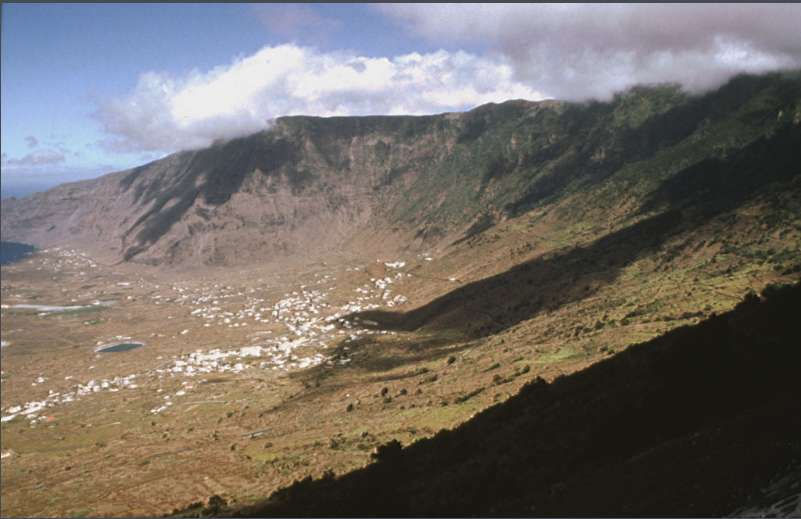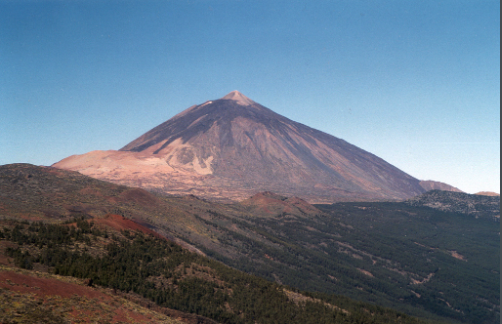🇪🇸¿Quieres leer la página de preparación volcánica en español?🇮🇨
Puedes usar la función de traducción automática de Google Chrome
🇪🇸¿Quieres leer la página de preparación volcánica en español?🇮🇨
Puedes usar la función de traducción automática de Google Chrome

As a Geoscience education company, with a special interest in responsible science communication, based in the Canary Islands, we are in a unique position to document and analyse the volcanic readiness of the residents, governments, and visitors of the Canary Islands. We aim to to increase awareness and understanding of volcanic emergency plans, volcanic risks and hazards, and how to prepare for the next volcanic eruption in the Canary Islands. Our work is open access, in non-specialist language, and resident-focused.
The Canarian archipelago was built up by volcanic activity around 60 million years ago. All of the Canarian islands except La Gomera have experienced volcanic eruptions in the last 10,000 years; only Tenerife, La Palma, El Hierro, and Lanzarote have had volcanic activity in the last 600 years. However, La Gomera still experiences earthquakes; in October 2023 La Gomera experienced 15 low magnitude earthquakes.

Last Known Eruption: A submarine eruption took place about 2 km SSW off the southern point of the island during 2011-12. Confirmed eruptions in the last 10,000 years: 4. Population within 100 km: 43,696 (GVP, 2023)

Last Known Eruption: The 1909 eruption occurred in the North-west of the island. The eruption displayed rather violent pulsating explosive activity which waned to weaker explosive activity. Confirmed eruptions in the last 10,000 years: 42. Population within 100 km: 766,276 (GVP, 2023)

Last Known Eruption: A 3-month-long eruption occurred in 2021 on the West coast of the island, producing many lava flows destroying almost 3,000 buildings. Confirmed eruptions in the last 10,000 years: 14 confirmed. Population within 100km: 85,416 (GVP, 2023)

Last Known Eruption: In 1824, a 3-month-long eruption occurred near Tiagua. The eruption produced lava flows, ash, and noxious gases. Confirmed eruptions in the last 10,000: 4. Population within 100 km: 255,373 (GVP, 2023)


ERRORS AND OMMISSIONS: VolcanoStories represents our best endeavour to reflect the situation in the Canary Islands accurately, but we fully accept it may contain errors and omissions for which we apologise in advance and ask for your HELP. We encourage individuals or institutions who see an ERROR or who would like to CONTRIBUTE further material to help in this endeavour please contact us.
VolcanoStories content is freely available for students, educational establishments and academics – all we ask is that you cite “GeoTenerife’s VolcanoStories”.
However, the content is not to be used for commercial use. Any media or commercial outlet wanting to use any content herein should contact us in writing in the first instance via enquiries@geotenerife.com.
For more detail, refer to our Terms of Use.